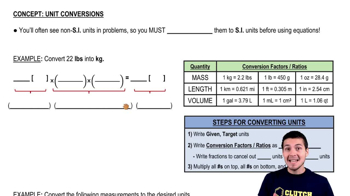Here are the essential concepts you must grasp in order to answer the question correctly.
Coefficient of Performance (COP)
The Coefficient of Performance (COP) is a measure of the efficiency of a heat pump or air conditioning system. It is defined as the ratio of the heat removed from the cooled space (in this case, the house) to the work input required to remove that heat. A higher COP indicates a more efficient system, as it means more heat is removed per unit of work done.
Recommended video:
Heat Transfer
Heat transfer refers to the movement of thermal energy from one physical system to another. In the context of air conditioning, it involves the removal of heat from the indoor environment and its expulsion to the outdoor environment. Understanding the principles of heat transfer, including conduction, convection, and radiation, is essential for analyzing the performance of HVAC systems.
Recommended video:
Overview of Heat Transfer
Energy Units and Conversion
Energy is often measured in joules (J), and understanding how to convert between different units of energy and power is crucial in physics. In this problem, the air conditioner’s heat removal and exhaust rates are given in joules per minute, which may need to be converted to a consistent unit when calculating the COP. Familiarity with these conversions ensures accurate calculations and interpretations of energy efficiency.
Recommended video:




